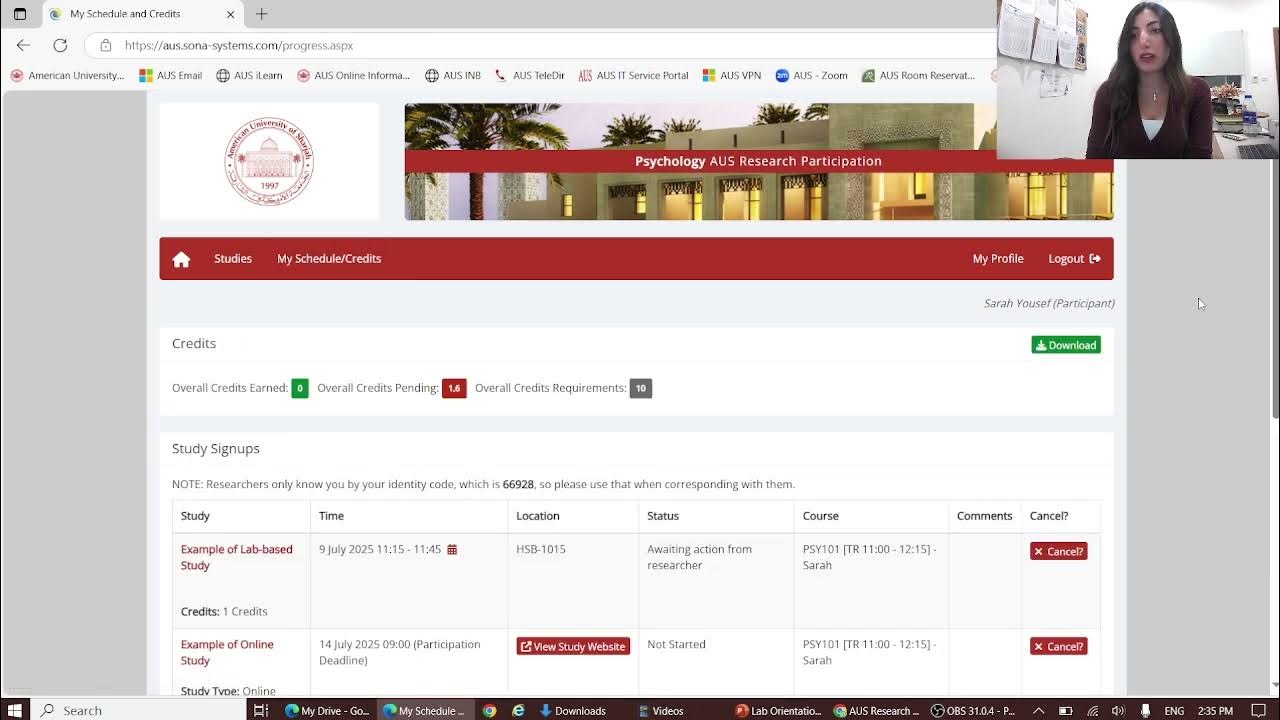Shohibul Imami_2201020028 (UTS) Pemrograman Sistem Jaringan Course 10.2
Summary
TLDRIn this video, Sohibul Imami discusses the steps for completing a network system programming assignment, focusing on deploying Ansible in a lab environment. He walks through the process of installing and configuring Ansible Navigator, creating inventory files, and managing users on a server. The tutorial includes troubleshooting errors, adding necessary packages, and configuring Redis for systems with more than 10MB of memory. Throughout the video, Sohibul demonstrates each step in real-time, offering helpful insights on using Ansible effectively for system automation, while highlighting key commands and resolving issues as they arise.
Takeaways
- 😀 The speaker introduces the task, which involves deploying Ansible in a network system programming exam.
- 😀 The first task is to install the Ansible Content Navigator using the `sudo dnf install unble navigator` command.
- 😀 The speaker creates and edits an inventory file to define the target servers for the playbook, using Vim commands.
- 😀 Ansible configuration is set by creating an `ansible.cfg` file to define the local inventory, using `PSIB.jf.cfg`.
- 😀 The speaker creates a configuration file for the Ansible Navigator, named `ansible-navigator.yml`, to use container images from a private registry.
- 😀 To log into the container, the speaker uses the `login` command and enters the admin username and password to gain access.
- 😀 Ansible Navigator is launched with the `ansible-navigator` command to open the interactive interface for running playbooks.
- 😀 The speaker creates a playbook named `users.yml` to add two users (`jo` and `sam`) to the server, part of the `dep` group.
- 😀 The speaker troubleshoots errors in running the playbook due to syntax issues, such as missing spaces or incorrect command formatting.
- 😀 The speaker adds a task to install Redis using a playbook and checks memory before performing the installation to ensure it's above 10 MB.
- 😀 To verify and finalize the lab setup, the speaker uses `lab finish review -CR1` to clean up and ensure everything is working as expected.
Q & A
What is the main purpose of the task in the video?
-The main purpose of the task in the video is to complete a midterm (UTS) for a network systems programming course, specifically focusing on deploying Ansible and configuring related tools like Ansible Navigator.
What command is used to install Ansible Navigator on the system?
-The command used to install Ansible Navigator is: `sudo dnf install ansible-navigator`.
What does the command `cd ~/review-CR1` do?
-The command `cd ~/review-CR1` changes the working directory to `review-CR1` within the user's home directory, which is part of the setup for the lab task.
What is the purpose of creating the `inventory` file?
-The `inventory` file is created to define the group of target servers for the Ansible playbook, which is necessary for managing and automating tasks across the servers.
What does the `ansible.cfg` file define?
-The `ansible.cfg` file specifies the local inventory to be used and other configuration settings for Ansible, allowing the playbooks to run correctly with the specified hosts and parameters.
What role does the `ansible-navigator.yml` file serve?
-The `ansible-navigator.yml` file configures Ansible Navigator to use a container image from a private registry, which is important for running the playbooks in a controlled environment.
How does the user log into the container registry?
-The user logs into the container registry by running the `ansible-navigator login <registry_url>` command and providing the necessary credentials (username and password).
What happens when `ansible-navigator run <playbook_name>.yml` is executed?
-When `ansible-navigator run <playbook_name>.yml` is executed, Ansible Navigator runs the specified playbook, automating the tasks defined in the playbook on the target servers.
What is the purpose of the `users.yml` playbook?
-The `users.yml` playbook adds users (such as `jo` and `sam`) to the target servers as specified in the playbook, ensuring the users are correctly created and configured on those servers.
What was the issue when running the `users.yml` playbook, and how was it fixed?
-The issue was a missing space between `ansible-navigator` and the `run` command, which caused an error. It was fixed by adding the necessary space between the commands.
Outlines

このセクションは有料ユーザー限定です。 アクセスするには、アップグレードをお願いします。
今すぐアップグレードMindmap

このセクションは有料ユーザー限定です。 アクセスするには、アップグレードをお願いします。
今すぐアップグレードKeywords

このセクションは有料ユーザー限定です。 アクセスするには、アップグレードをお願いします。
今すぐアップグレードHighlights

このセクションは有料ユーザー限定です。 アクセスするには、アップグレードをお願いします。
今すぐアップグレードTranscripts

このセクションは有料ユーザー限定です。 アクセスするには、アップグレードをお願いします。
今すぐアップグレード関連動画をさらに表示

Pembahasan UKK TKJ Paket 1 Tahun 2023/2024 - 2 Router Dynamic Routing ospf dengan RB 951-2HnD

Ansible: Installation and Overview

02 Instalação Ubuntu Server SRV01

Konfigurasi VLAN+STANDAR ACL pada CISCO Packet Tracer

3. Prerequisites to setup F5 lab || How to install Webserver on windows 10 machine || F5 Big-IP LTM

Lab Orientation Part II F25
5.0 / 5 (0 votes)
